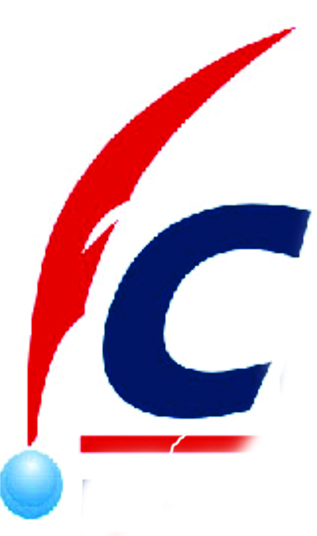Headaches
Do you have difficulty coping with the pain of headaches? Do the headaches interfere with your daily activities? This article will discuss the some common headache types, and how to reduce the frequency and severity of your headaches.

Tension-Type Headache
Tension-type headaches are associated with disorders of the muscles around the head. The headaches may be the result of a stressful event or the result of long-standing tightness and tension of the muscles of the neck and head. Common characteristics of tension-type headache include:
- Pain on both sides of the head
- Pain at the back and front of the head
- Pain described as a tight band, pressure, or squeezing sensation
- Headache associated with tightness of the muscles of the neck, face, and head
- Headache triggered by stress, low mood, or poor posture
- Affects women more than men
Cervicogenic Headache
Cervicogenic headaches are headaches that are caused by dysfunction of the nerves, spinal bones, or muscles of the cervical spine (neck). Cervicogenic headaches can occur after sleeping in an awkward position, after an accident (whiplash), or from poor posture (example sitting at your computer desk with poor posture). Cervicogenic headaches are characterized by:
- Pain on one side of the head or face, and around the eye
- Pain with coughing or sneezing
- Neck pain and stiffness
- Headache increases with certain neck movements
Cervicogenic headaches may also be associated with sensitivity to light, nausea, and blurred vision.
Migraine Headache
Migraine headaches are complex headaches. They usually occur on one side of the head (at the front of the head or over the eye), and are described as throbbing and pulsating. The headaches can last for several hours or even 2 to 3 days. The headaches are usually associated with:
- Nausea
- Vomiting
- Light and/or noise sensitivity
- Dizziness
Migraine headaches can also be associated with symptoms called auras that often occur before the actual headache. Migraine auras include visual disturbances such as flashing lights or zigzag lights, tunnel vision, or blind spots. Migraine headaches can be triggered by stress, trauma (accidents), fatigue (poor sleep), and even hormonal changes (menstruation).
Cluster Headache
Cluster headaches are quite unique. The headache attacks usually occur over a period of several weeks and are severe. The headaches can last from several minutes to 2 hours, and can occur many times in one day. The headaches are usually felt on one side of the head only. Most importantly, the headaches occur with one or more of the following:
- Tearing
- Redness of the eye
- Stuffy nose
- Runny nose
- Sweating around the forehead or over the face
- Eye symptoms (drooping eyelid, swelling around the eye)
Treatment of Headache:
Before treatment and rehabilitation can begin, it is important to get an accurate diagnosis. In addition to a physical examination and a thorough understanding of your symptoms, you may be referred for additional tests such as CT scans or MRI studies. Chiropractors specialize in diagnosing, treating, and rehabilitating injuries of the spine, muscles, ligaments, tendons, joints, and nerves. A correct diagnosis is important to rule out more serious conditions that may be causing your headache and associated symptoms. The focus of the treatment is to reduce the frequency and severity of the headache, and reduce the disability caused by the headache.
You may be asked to start by recording information in a “headache diary” such as the dates of your headaches, how long your headaches last, how intense the headaches are on a scale of 1 to 10, activities or foods that may trigger your headaches, symptoms associated with the headache (either before or during the headache), medications that you are taking, and what you do to relieve your headaches.
The type of headache you have will determine the specific treatment program that you should receive. For headaches treated successfully by manual and physical therapy, your chiropractor may include:
- Chiropractic treatments to improve flexibility, balance, and strength of the muscles and ligaments of the head and neck, and restore proper movement to the joints of the neck. Laser therapy may help reduce the inflammation and pain.
- The addition of physiotherapy, massage therapy, and acupuncture to your rehab program may aid in pain relief and speed up the healing process. Modalities such as electrical stimulation and ultrasound can also be beneficial.
- Performing specific stretches and exercises is important and my help to prevent the headaches from recurring. Your chiropractor will educate you on the best exercises for your specific headache.
- Staying hydrated, eating a balanced meal, and getting a good-night sleep are important aspects of the treatment program. Reducing stress by practicing relaxation techniques is also essential.
Dr. Virginia Nsitem is a chiropractor specializing in laser therapy for spine, muscle, joint, and nerve injuries, and is a Fellow of the Royal College of Chiropractic Sports Sciences in Canada. She may be reached at (905) 275-4993, or by email at totalhealth@bellnet.ca
Stop the Pain … Before the Pain Stops You!


